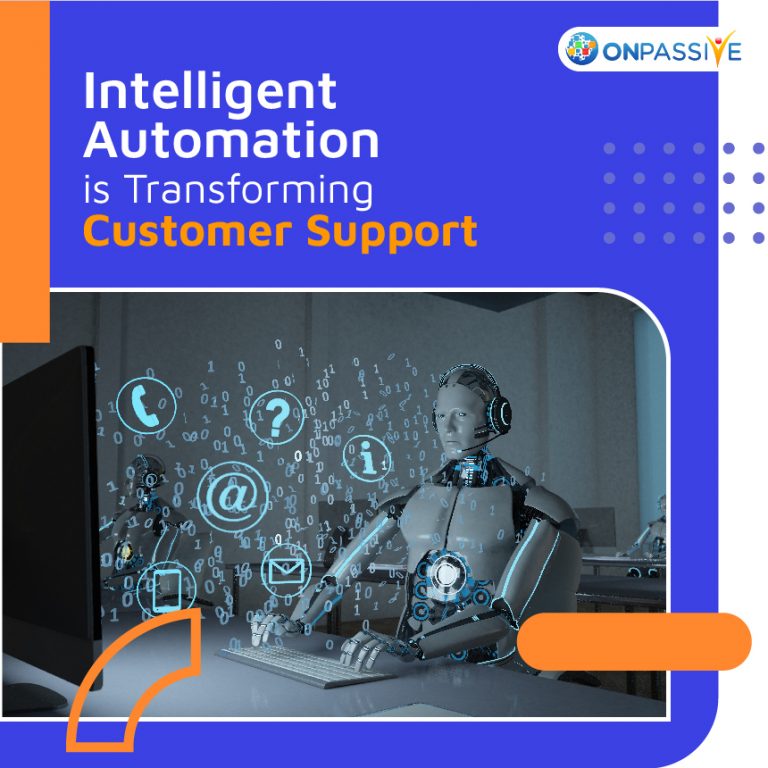
Every organization deploys certain strategies to stand out in the market and to gain a reasonable market share. However, effective customer support can be a real game-changer. To support this statement, let us look at some of the facts released recently by Salesforce.com. It found that 86% of customer service leaders from over 300 manufacturing companies have said that the customer service they offered was a key differentiator.
Further, the report claims that seven out of ten consumers, along with 82% of business buyers, made it clear that it has become easier for them to find options for their purchase if they are dissatisfied with customer service. 78% of business buyers even prefer to switch to another brand if their experience with a particular brand was inconsistent.
It has been established so far that customer service is an integral part of a business and that they can’t afford to turn a blind eye to it. Thus, many businesses are coming forward by investing in advanced intelligent automation systems. What are they? They are the systems that are the blend of AI, sensors, cognitive capabilities and robotic processes to transform customer support.
In what ways intelligent automation is transforming customer support
Following are the different ways in which intelligent automation is transforming customer support:
- Prevention of product breakdowns
Intelligent automation provides an option called predictive maintenance that allows companies to monitor the processes and check if there are any potential failure chances. If yes, then with the help of a predictive maintenance application, it can be solved before it takes place. Today, applications of predictive maintenance supported by Internet of Things (IoT) technologies are widely increasing.
For example, Otis, an Elevator service provider, has been deploying an IoT-enabled service named Otis ONE for monitoring potential mishaps associated with elevators and escalators remotely.
2. Solving customer problems remotely
Intelligent maintenance also provides the resolution of product issues remotely. Software vendors vastly use this application. However, other industries are coming onboard to exploit this particular application.
For example, Medivators, a Minneapolis-based medical device, has implemented new software in association with PTC to provide remote diagnostics and service. Likewise, Tesla provided new features like automatic lane changing and windshield wipers to resolve complex key-less entry systems.
3. Improving the capabilities of contact center and field repair
Automated advisers can replace human contact center agents and field repair personnel to provide the best solutions and fix customer’s problems.
According to Gartner, some companies have minimized the expense of responding to customer queries by as much as 70% and impart customer satisfaction by offering virtual customer assistance.
Similarly, food processing manufacturer and packaging company Tetra Pak gives work instructions through mobile applications and augmented reality.
4. Facilitating customers to resolve their problems:
Companies can help customers resolve their problems by using AI, remote diagnosis, and other applications.
For example, HP uses automated technologies to allow customers to fix their HP computers and printer systems. It also offers a virtual intelligent agent that assists customers in diagnosing and solving their problems. If the virtual agent cannot resolve the problem, then customers are directed to a customer support agent.
5. Minimizing repetitive product issues:
Intelligent automation with more recent Internet of Things (IoT) applications and artificial intelligence (AI) can minimize repetitive product issues and resolve product design flaws.
6. Enabling effective usage of products and services:
Intelligent automation does not just resolve the problems but also provides greater value from those products. Sensors with monitoring system can monitor how customers are using products and provide automated advice if the improvement is needed.
Deploying intelligent automation for transformation in the customer service
- Decide which kind of service improvement/up-gradation has the scope of adding value to the existing CRM system before actually investing in that service.
- Deploy simulation, testing and filtering approaches to the new customer service option to get clarity on which processes to be automated.
- Choose the relevant and appropriate intelligent automation techniques.
- Make intelligent and cost-effective investments by measuring the costs of initial and ongoing automation processes against customer revenue and other developments.
- Analyze what’s working and what isn’t working by investing in one pilot project at the beginning.
- Exploit IT systems that support the experimental design and testing approach.
- Research about customer’s response to automation techniques. For example, see if voice-activated assistance yields the desired response from customers or does it have any shortfall.


